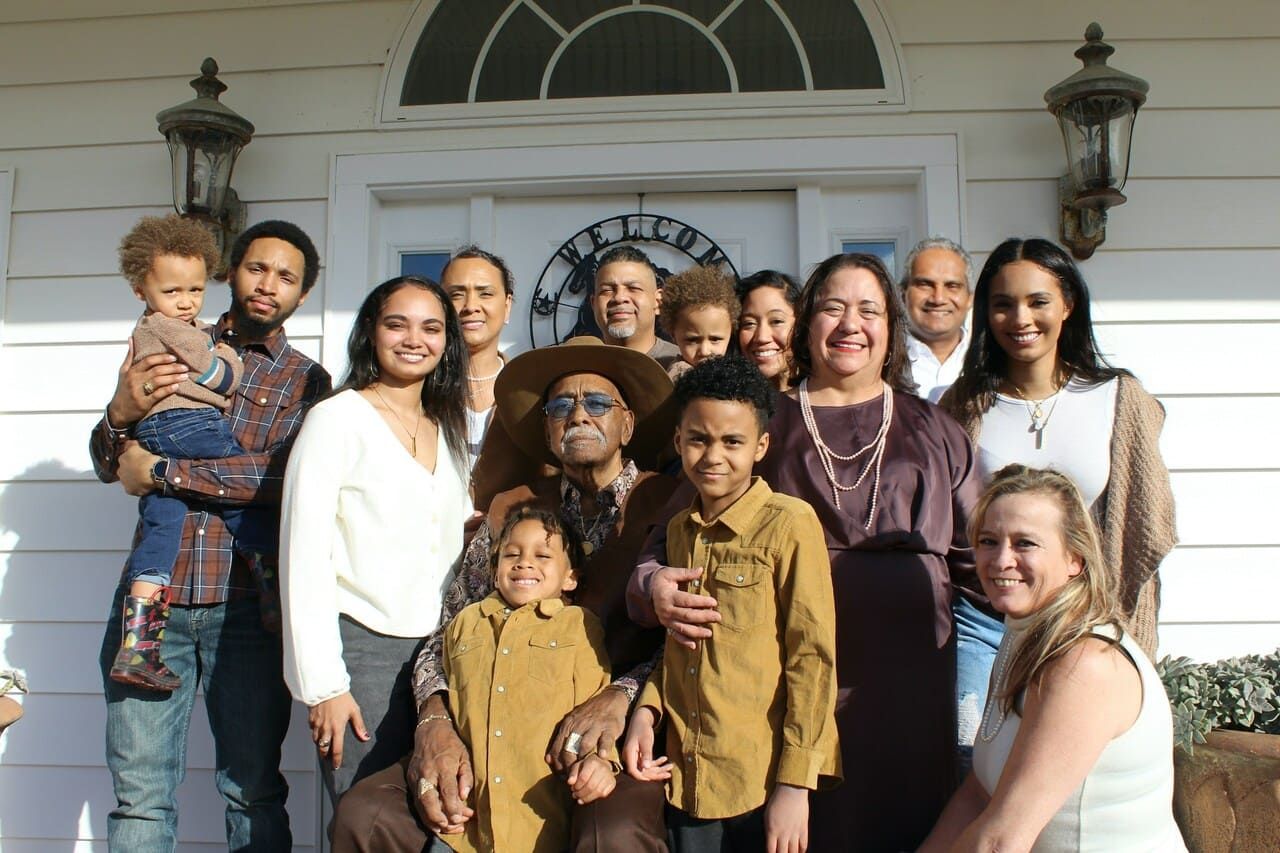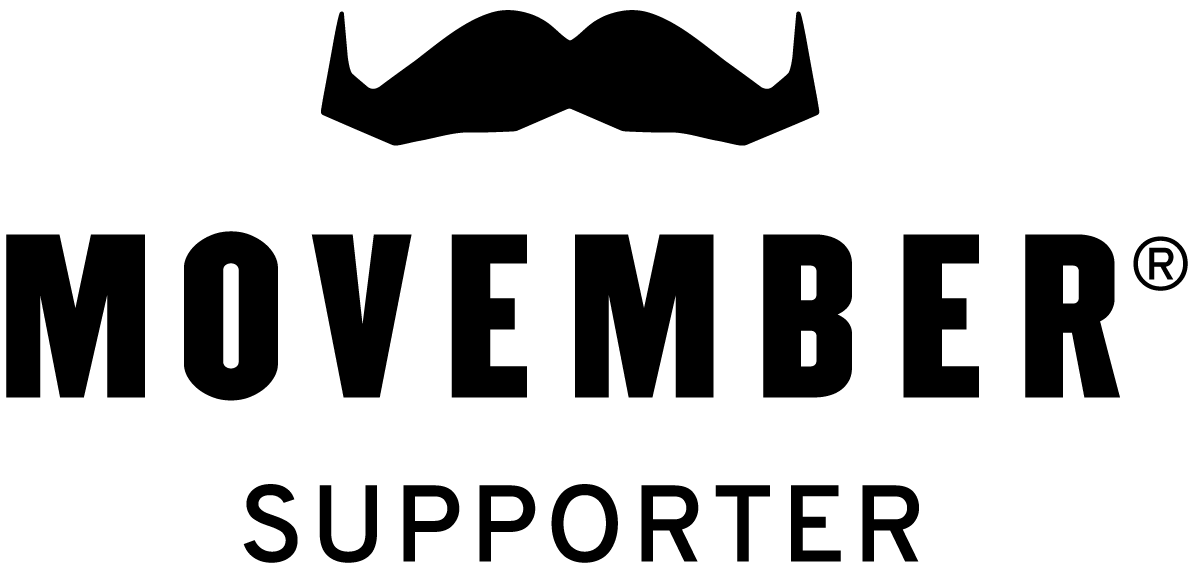How To Break Free From Shame, The Invisible Force Holding Us Back
Tamara Ruh • February 20, 2025
Healing From Shame: Embracing Its Wisdom

Shame. It’s that sinking feeling in your chest when you say something and immediately regret it. The sudden heat in your face when you feel exposed or judged. The invisible weight that makes you second-guess yourself, apologize when it’s not necessary, or keep quiet to avoid conflict.
But shame is more than just an uncomfortable emotion. Left unchecked, it becomes the invisible force holding you back from authentic connections, self-trust, and the life you truly want. The good news? Shame isn’t a life sentence. With the right tools and understanding, you can let go.
In episode #42 of our Men's Health Podcast, Franz, a newfound Hearts Wide Open brother and Neo-Emotional Release practitioner, explains how he overcame his long journey through shame and found freedom. Listen to the full episode to hear his powerful story of transformation! (now available on every podcasting platform)
Why Do We Feel Shame?
From modern Psychology approaches like NARM (Neuro Affective Relational Model), shame isn’t something we’re born with; it’s something we learn to survive. As children, we instinctively need connection to feel safe. If expressing our needs, emotions, or individuality is met with disapproval, criticism, or even abandonment, we learn to suppress those parts of ourselves to maintain that connection.
For example, if a child is scolded for being "too sensitive" or "too much," they may internalize the belief: "I'm wrong for having feelings." As adults, this belief lingers, we unconsciously self-censor, avoid vulnerability, or feel like we’re fundamentally flawed at our deepest core.
Toxic Shame Vs. Healthy Shame: What’s The Difference?
Not all shame is bad. Healthy shame, like
a social compass, helps us recognize when we’ve hurt someone or crossed a boundary. It signals that we need to take responsibility and repair the connection.
Toxic shame, however, is different. It’s the internalized belief that we are bad, unworthy, or broken. This kind of shame disconnects us from our authentic selves and others, often leading to patterns like people-pleasing, perfectionism, procrastination, or even depression and addiction.
The Hidden Link Between Shame & Addiction
As trauma expert Dr. Gabor Maté says, "Don’t ask why the addiction; ask why the pain." Many addictive behaviors are attempts to numb the pain of shame. Whether it's scrolling endlessly on your phone, emotional eating, or alcohol consumption—the underlying pattern is often similar: escaping unbearable feelings like "never being enough", “being to broken” or “seeing no light at the end of the tunnel”.
Shame can distort one's relationship with oneself, to the point of feeling completely numb and empty, so far as to feel almost dead inside.
Dr. Maté helps us see that addiction isn’t the problem; it’s a survival strategy rooted in unmet emotional needs, still running the show today. When we address the shame underneath, the compulsion to numb often lessens naturally.
How Shame Shows Up In Everyday Life
Shame isn’t always obvious. It can look like:
- Over-apologizing, even when you’ve done nothing wrong
- Downplaying your successes or strengths
- Struggling to say "no"
- Avoiding eye contact or conversations about feelings
- Feeling like an imposter, no matter how accomplished you are
Sound familiar? If so, you’re not alone. <3
Unshaming, Healing From Shame
The antidote to toxic shame isn’t self-criticism—it’s compassion. NARM emphasizes the
unshaming
approach: creating a space where the parts of us that learned to hide can safely come into the light. Deep healing begins with listening to the silent voice, buried within our shame.
Here are a few steps you can start with:
- Name it in an active “self-agency” way: When you feel shame, pause, try to stay present with it (instead of running from it) and name it: "I'm shaming myself right now." This simple act brings awareness and focuses on self-efficacy, allowing for step 2:
- Get Curious: Try asking yourself, "What part of me is my shame protecting? What might I be feeling, if my shame weren’t here?" Often, it’s vulnerability or a deeper unmet longing for connection.
- Share It: Shame thrives in secrecy. Talking about it, at first with a trusted friend, therapist, or support group can diffuse its power. If therapy feels daunting, consider inviting a friend to join you for an initial session. Some therapists even offer trial sessions to find the right fit.
- Reconnect with your body: Shame disconnects us from our physical sensations. Simple practices like deep breathing, stretching, orienting yourself in the room, focusing your eyes on simple, stable objects in near distance while in your head naming them, can gently re-establish this connection.
- Find the Right Environment: Retreats and group settings can be incredibly healing. In a safe, supportive environment where everyone is working on themselves, opening up about parts everyone feels ashamed of, shame loses its grip. You realize:
I'm not alone in this.

Reframing The Past
Many of us carry shame linked to our family stories. Perhaps your father was distant or emotionally unavailable. It’s easy to villainize him, but what if he, too, was just a child who never learned to feel safe with his emotions? The mindful, bigger picture approach invites us to see our parents not as heroes or villains, but as human beings with their own unhealed shame.
By doing so, we uncouple our sense of worth from their actions and take important steps towards reclaiming our emotional freedom.
Breaking Free From Shame Together
Healing shame isn’t a solo journey. It begins with reaching out, daring to share what feels unspeakable. If one therapist or group doesn’t feel like the right fit, don’t give up. Keep searching until you find a space where you feel seen, heard, and accepted.
This might even save a life. As one heart-wrenching truth Franz shared shows, “If someone had shown my father that he had value, he wouldn’t have died.” 🤍
Shame isn’t proof of your brokenness—it’s proof that you long for connection. And when we stop hiding, we often find that the connection we’ve been searching for was waiting for us all along.
With over 8 billion people on this planet, you can’t be the only one feeling this way. Take the first step toward healing today. Reach out, share your truth, and embrace the connection that’s waiting for you. You don’t have to do this alone.
If you would like to share your story to inspire others that healing is possible,
Hearts Wide Open is here for you.
Tamara <3
References
Heller, L., Kammer B. J., (2022). The Practical Guide for Healing Developmental Trauma. Using the NeuroAffective Relational Model to Address Adverse Childhood Experiences and Resolve Complex Trauma. Penguin Randomhouse.
Maté, Gabor. In the Realm of Hungry Ghosts: Close Encounters with Addiction. London Vermilion, 2018.
The Men's Health Blog
Listen to our podcast
We share real life experiences & feature experts in & around the domain of Men's Health twice a month.
Here's how you can get involved with Hearts Wide Open & Men's Health
Something for everyone
Share your thoughts and feedback on the Wall Of Love, listen to our inspiring men's health podcast, become a guest on our show, join our community by signing up for Letters From An Open Heart and don't forget to follow us on our socials to view all our inspiring content.
Made by Dennis Amo with ♥









